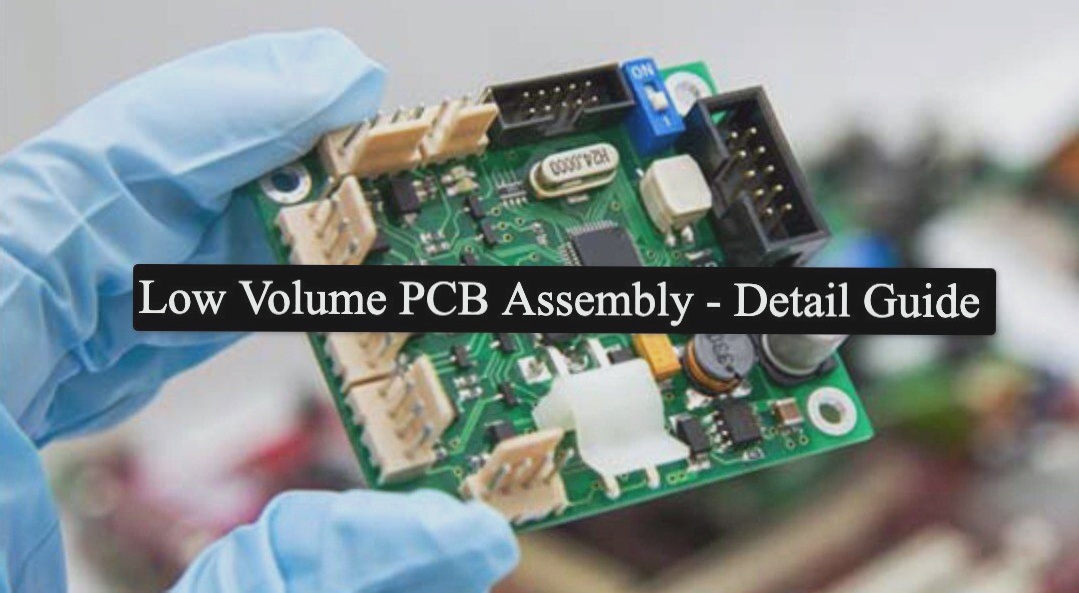This article introduces FPC flexible circuit board packaging techniques and precautions.
1. Special attention should be given to the packaging of finished flexible circuit boards. It’s not simply about stacking an appropriate number of boards together.
2. Due to the intricate structure of flexible printed boards, they are easily damaged by slight external forces. Therefore, extra caution is required in their packaging.
3. The common method involves stacking 10-20 flexible circuit boards (FPC) together, wrapping each part with paper tape, and securing them on cardboard. Avoid using tape with adhesive chemicals, as they can cause oxidation and discoloration of the terminals.
4. When the base film is polyimide, which absorbs moisture easily, place the flexible printed board FPC into a polyethylene bag with a desiccant like silica gel, and seal the bag.
5. Subsequently, place the sealed bag and cushioning materials into a corrugated box. Given the unique shapes of flexible printed circuit boards FPC, packaging methods should be adapted to their specific shapes.

1. Multi-layer PCB boards are pressed into a circuit board after completing multiple layers. To reduce costs and minimize via interference, multi-layer PCBs are often only slightly thicker than double-layer and single-layer boards.
2. Consequently, the layers in multi-layer PCBs are thinner and have lower mechanical strength compared to standard double-layer and single-layer boards, leading to higher processing requirements. Thus, the production cost of multi-layer PCBs is significantly higher.
3. Some flexible circuit boards (FPCs) are first attached to a polyester support sheet with a weak adhesive before shaping and then undergo half-cut processing (embedded punching) with a die, leaving them intact. Users can either detach the flexible circuit board FPC for assembly or assemble it first and then remove it from the polyester carrier film.
4. This method is suitable only for small-sized products and greatly enhances process efficiency for both FPC manufacturers and users.
5. The safest and most reliable method involves using special trays. Trays should be tailored to the specific variety of FPCs. While this may be cumbersome to manage, it ensures quality and convenience for assembly, and the cost is minimal as trays can be discarded after use.
6. The above outlines FPC flexible circuit board packaging techniques and important considerations. FPC manufacturers should enhance their expertise, improve packaging quality, and ensure proper packaging of FPCs to uphold their company’s image.
1. Special attention should be given to the packaging of finished flexible circuit boards. It’s not simply about stacking an appropriate number of boards together.
2. Due to the intricate structure of flexible printed boards, they are easily damaged by slight external forces. Therefore, extra caution is required in their packaging.
3. The common method involves stacking 10-20 flexible circuit boards (FPC) together, wrapping each part with paper tape, and securing them on cardboard. Avoid using tape with adhesive chemicals, as they can cause oxidation and discoloration of the terminals.
4. When the base film is polyimide, which absorbs moisture easily, place the flexible printed board FPC into a polyethylene bag with a desiccant like silica gel, and seal the bag.
5. Subsequently, place the sealed bag and cushioning materials into a corrugated box. Given the unique shapes of flexible printed circuit boards FPC, packaging methods should be adapted to their specific shapes.

1. Multi-layer PCB boards are pressed into a circuit board after completing multiple layers. To reduce costs and minimize via interference, multi-layer PCBs are often only slightly thicker than double-layer and single-layer boards.
2. Consequently, the layers in multi-layer PCBs are thinner and have lower mechanical strength compared to standard double-layer and single-layer boards, leading to higher processing requirements. Thus, the production cost of multi-layer PCBs is significantly higher.
3. Some flexible circuit boards (FPCs) are first attached to a polyester support sheet with a weak adhesive before shaping and then undergo half-cut processing (embedded punching) with a die, leaving them intact. Users can either detach the flexible circuit board FPC for assembly or assemble it first and then remove it from the polyester carrier film.
4. This method is suitable only for small-sized products and greatly enhances process efficiency for both FPC manufacturers and users.
5. The safest and most reliable method involves using special trays. Trays should be tailored to the specific variety of FPCs. While this may be cumbersome to manage, it ensures quality and convenience for assembly, and the cost is minimal as trays can be discarded after use.
6. The above outlines FPC flexible circuit board packaging techniques and important considerations. FPC manufacturers should enhance their expertise, improve packaging quality, and ensure proper packaging of FPCs to uphold their company’s image.



